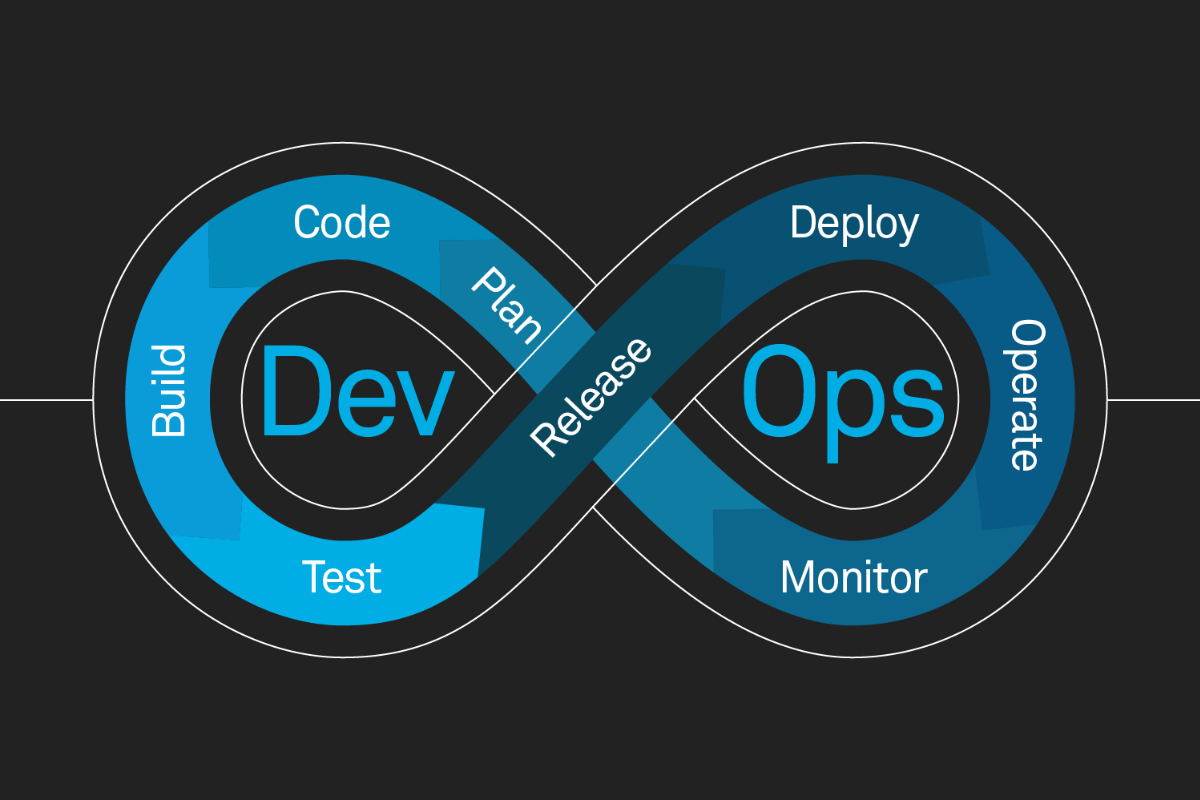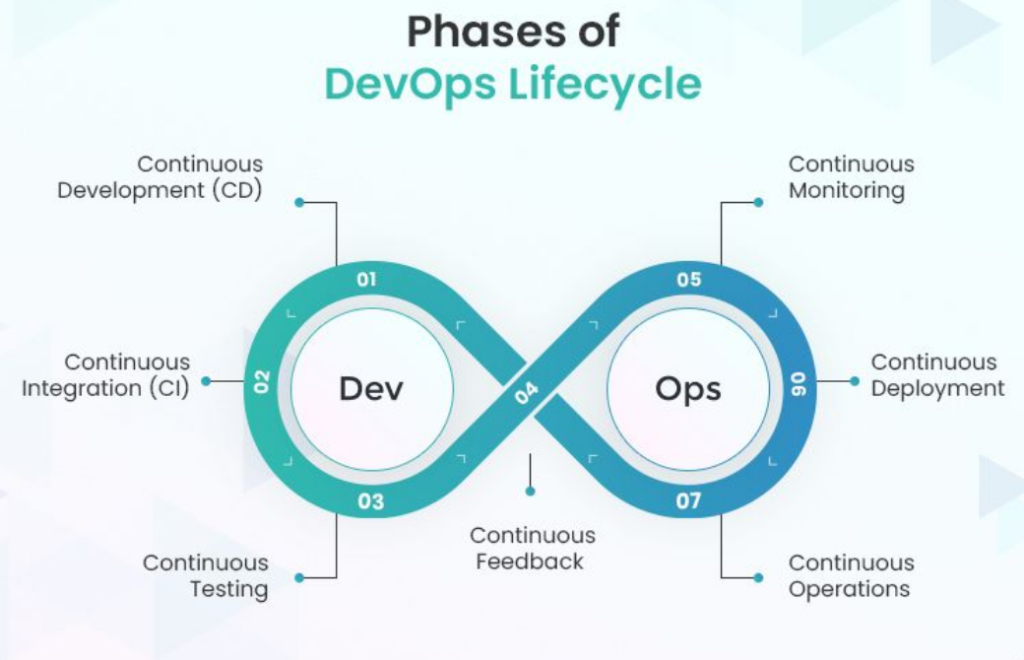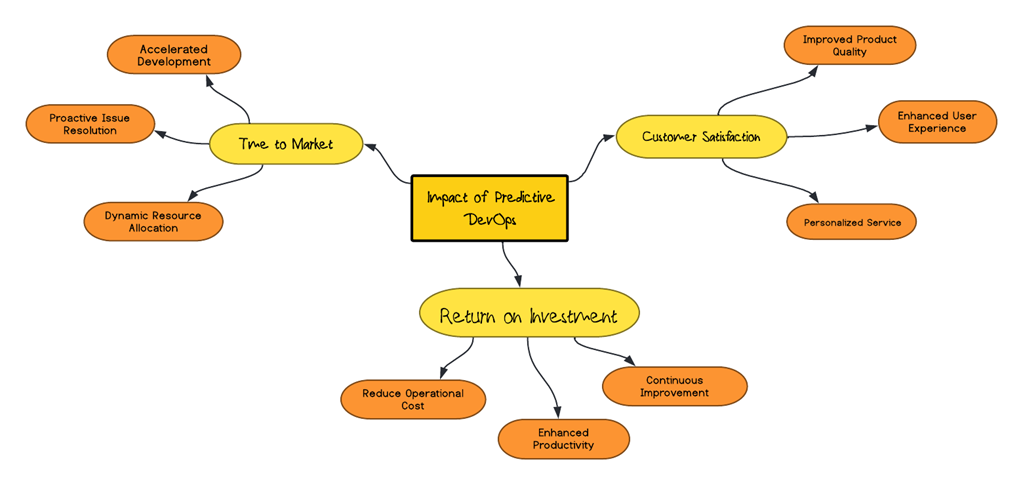DevOps 2.0: How Predictive Tech is Outpacing Traditional Tactics
Imagine you’re in a race—a race against time, competition, and unexpected roadblocks. Now, do you want to be the driver who reacts to every obstacle as it appears, or the one with a predictive GPS that warns you about every pothole, traffic jam, and shortcut? Welcome to the world of DevOps, where the choice between Traditional and Predictive methods can make all the difference.
Today, where businesses strive to deliver software faster, more efficiently, and with fewer errors, the DevOps methodology has become indispensable. But as with all things tech, evolution is inevitable. Enter Predictive DevOps—the next frontier in the DevOps journey.
Understanding The Tried and True Traditional DevOps
Traditional DevOps is like your reliable old friend—tried, tested, and trusted by organizations worldwide. It merges development (Dev) and operations (Ops) teams to break down silos and foster collaboration, leading to faster and more reliable software delivery. This approach has stood the test of time, proving itself as the backbone of countless successful software projects. By emphasizing automation, continuous integration, and seamless deployment, Traditional DevOps creates an environment where teams can innovate rapidly without sacrificing stability.
It’s a methodology that has become synonymous with efficiency and reliability, enabling businesses to deliver high-quality software at a pace that meets modern customer expectations. Whether you’re managing a startup or an established enterprise, Traditional DevOps offers a proven pathway to operational excellence.
Key Practices of Traditional DevOps:
- Continuous Integration (CI): Frequent integration of code changes into a shared repository, followed by automated builds and testing.
- Continuous Delivery (CD): Ensuring that all code changes are automatically prepared for release to production.
- Infrastructure as Code (IaC): Managing infrastructure using machine-readable configuration files, rather than manual processes.
- Monitoring and Logging: Continuous monitoring to detect issues early, coupled with extensive logging for data analysis.
Why Organizations Love It:
Speed and Efficiency: Traditional DevOps accelerates the delivery of software by automating repetitive tasks and improving team collaboration.
Reliability: With continuous integration and delivery, the chances of deploying faulty software are significantly reduced.
Scalability: The Traditional DevOps practices are scalable, allowing organizations to adapt as they grow.
The Flip Side:
- Reactive Nature: Traditional DevOps is inherently reactive, addressing issues as they arise, which can sometimes lead to downtime.
- Limited Predictive Capabilities: While effective, this approach may not foresee potential issues or performance bottlenecks, limiting proactive measures.
Predictive DevOps: The Crystal Ball of the Future
Now, what if your DevOps practices could predict issues before they even happen? That’s the promise of Predictive DevOps. By integrating advanced data analytics, machine learning, and AI, Predictive DevOps offers a proactive approach, allowing teams to anticipate and mitigate issues before they impact the system. Imagine having the ability to foresee potential bottlenecks, performance degradations, or security vulnerabilities days or even weeks before they become critical problems. This foresight not only reduces downtime but also empowers teams to make smarter, data-driven decisions that enhance the overall stability and efficiency of the software delivery pipeline.
Predictive DevOps leverages the vast amounts of data generated by your systems—logs, metrics, and user behavior—to build predictive models that can identify patterns and trends invisible to the human eye. These insights enable teams to adjust resources, fine-tune configurations, and preemptively resolve issues, leading to a smoother and more reliable operation.
Moreover, the AI-driven automation within Predictive doesn’t just stop at prediction; it can also trigger automatic responses, such as scaling resources or rerouting traffic, without human intervention. In essence, it represents a paradigm shift in how we think about software development and operations. It’s not just about keeping the system running—it’s about continuously optimizing it, ensuring that it runs at peak performance, and staying ahead of any potential threats.
Core Components of Predictive DevOps:
- Predictive Analytics: Leveraging historical and real-time data to predict system failures, security vulnerabilities, and performance issues.
- AI-Driven Automation: Using AI to automate complex tasks based on predictive insights, enabling dynamic adjustments in real-time.
- Enhanced Monitoring: AI continuously monitors the system, predicting anomalies and suggesting preemptive actions to avoid potential disruptions.
The Perks of Predictive DevOps:
Proactive Issue Resolution: Predictive DevOps minimizes downtime by addressing issues before they escalate.
Data-Driven Decision Making: AI and machine learning provide actionable insights, enabling better strategic planning and resource allocation.
Increased Efficiency: Automating predictive tasks leads to faster, more efficient operations with fewer manual interventions.
The Challenges:
- Complex Implementation: Setting up Predictive DevOps requires expertise in AI, machine learning, and advanced data analytics.
- Data Dependency: The accuracy of predictions hinges on the availability of high-quality, extensive data.
- Cost: Integrating predictive technologies can be costly, requiring a significant upfront investment.
When to Stick with Traditional DevOps:
- You’re Just Starting Out: Traditional is a great way to break down silos and introduce automation into your development and operations processes.
- Budget is a Concern: It requires a lower initial investment, making it suitable for organizations with limited resources.
- You Prefer Simplicity: Traditional is simpler to implement and manage without the need for complex AI-driven systems.
When to Embrace Predictive DevOps:
- You’re Ready for the Future: Organizations looking to stay ahead of the curve should consider Predictive for its proactive approach.
- You Have the Resources: Implementing Predictive requires investment in data analytics, machine learning, and AI expertise.
- Downtime is Not an Option: For industries where downtime can have significant financial or reputational impacts, Predictive offers a more reliable solution.
Conclusion:
In the race to deliver software faster and more reliably, both Traditional and Predictive DevOps have their merits. While Traditional offers a solid foundation and proven effectiveness, Predictive represents the future of IT operations, where AI and data-driven insights lead the way. As technology continues to evolve, the line between these two approaches may blur, with more organizations adopting a hybrid strategy that leverages the strengths of both.
Whether you choose to stay the course with Traditional or venture into the predictive realm, one thing is clear: the world of DevOps is evolving, and staying informed about these advancements will help your organization thrive in this ever-changing landscape. Embracing the right approach for your specific needs can enhance your team’s productivity, reduce downtime, and ultimately drive your business’s success. The key is to remain adaptable, continuously learning and evolving as new tools and methodologies emerge.
In the end, the future of DevOps is not just about choosing between traditional and predictive; it’s about understanding how these methodologies can complement each other to create a more resilient, efficient, and forward-thinking operational framework. As the demands of the digital age continue to grow, those who harness the full potential of both will be the ones to lead the pack.










